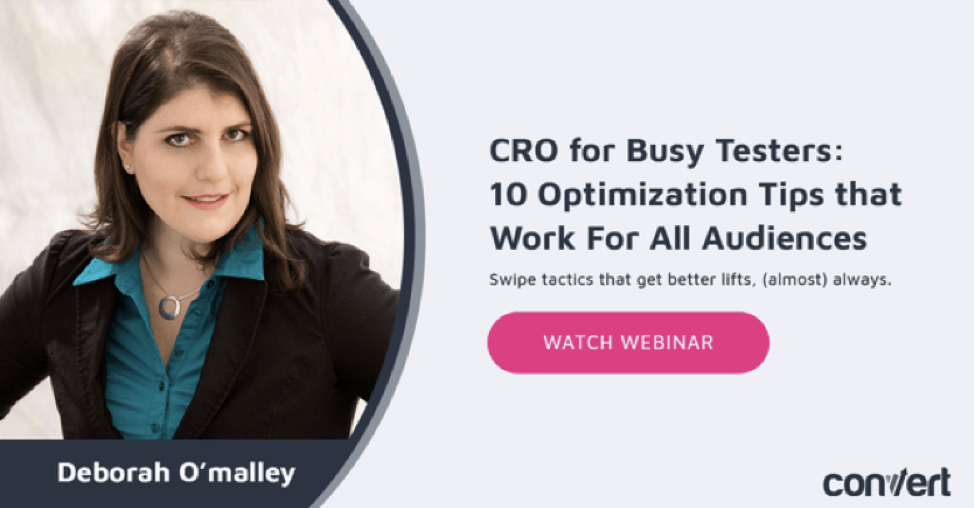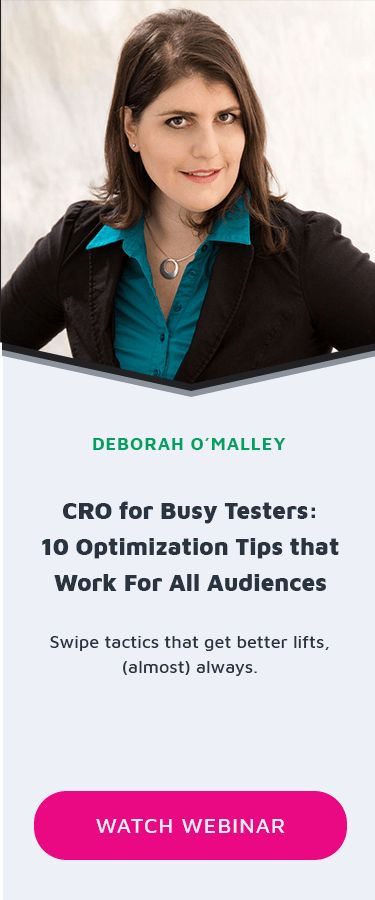5 Steps to Begin Creating Customer Behavior Models (And Why You Need Them)

Over the past few years, marketers have started to adopt far more data-driven tools and methodologies than ever before. They’ve done so because the sheer amount of data available about their customers (and potential customers) is now sufficient to draw conclusions about what types of digital marketing efforts work best. Using that data to fuel predictive analytics operations is now considered standard operating procedure in the world of digital marketing.
Today, one of the cutting-edge approaches in this area entails building models that seek to predict customer behavior. By doing so, it becomes possible to peer into the future and create marketing plans that will be in lock-step with the various stages of a customer’s journey — even before they’ve started on it.
Creating a useful and accurate customer behavior model, though, takes a great deal of planning. It also calls for some careful execution and a fair amount of experimentation.
Here’s a step-by-step guide to help interested businesses to begin that process.
Catalog Available Data Sources
Before getting started building a customer behavior model, it’s necessary to get a handle on the customer data the business already has access to. That will serve as a roadmap for what data collection changes, if any, must be made to support the new modeling initiative. For most businesses, there should already be a vast and untapped pool of data available, from sources such as:
- Sales histories
- Website analytics data
- Customer survey data
- Customer service records
- Prior marketing campaign results
… and others.
Under the best circumstances, most of this data will be contained within an existing CRM system, which will facilitate its use in an analytics effort. If not, steps should be taken to centralize the data so it can be properly cleaned and standardized for analysis.
Begin with Regression Analysis
Once all the available customer data is ready to be used, a good first step is to use it to conduct some basic regression analysis studies. This works best using readily available data like purchase history, marketing response statistics, and other data points that have obvious correlations.
This kind of analysis can allow for some rudimentary conclusions such as the relationship between marketing spend and sales volume. It can also help tie specific customer actions to desirable outcomes. For example, it might be possible to use regression analysis to identify a common point in the customer journey that all customers reach on the way to conversion.
That kind of insight can make it possible for marketers to gear their campaigns toward getting a higher number of leads in the early stages of the sales funnel to reach the specific point in the process that statistically increases the odds of a sale. It’s the precise effort targeting that digital marketers used to only dream about — now made possible with the right data analysis.
Create Customer Segments
Using the above techniques, businesses can only use their data to draw some generalized, top-line conclusions about their customers.
To get even more out of the data (and get closer to creating a real customer behavior model), it’s necessary to break the customer data down into smaller, segmented groups.
The good news for marketers is that much of this work may already have been completed as part of earlier efforts at online customer personalization. If so, the segmented groups created for this purpose are a good starting point for further customer behavior modeling. If not, it’s best to start with some generalized segmentation categories. Those can then be refined into smaller groups based on the specific attributes the data contains about the customers.
Look for Trends in Each Segment
With the data ready and the customers properly segmented, the next step is to examine the data (broken down by segment) to find some trends. Look for common stumbling blocks to conversion, markers that suggest when a customer’s likely to make a purchase — basically any activity that all segment members share.
The good news here is that many of today’s top marketing automation platforms (which you would use to put your customer behavior models to work) already include analytics tools that can pull information from your website, CRM software, and even standalone databases to look for customer trends.
For example, within the commonly used HubSpot Marketing Hub, you can set up your customer segments and tie every piece of data about segment members together. You can, for instance, track the completion of specific actions and create automated reports that display the activity segment-by-segment in easy to interpret visualizations, as pictured below:
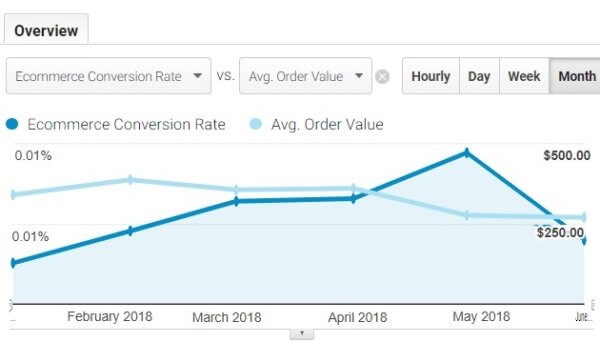
From there, it’s just a matter of monitoring the data to look for behavior patterns to emerge. You can also create the same kinds of visualizations to correlate cause-and-effect relationships, such as tracking email open rates and customer service interaction data alongside conversion activity, to see what impact your marketing and support operations are having on sales.
Even for businesses that haven’t yet adopted a marketing automation platform, it’s still possible to comb through data to look for trends. Google Analytics (or other web analytics tools) can do simple and in-depth data comparisons with visualizations to look for trends, which are a great place for any business to start. They’re simple to set up, easy to use, and can reveal how a business’s marketing and advertising efforts are translating to specific activities online.
A simple comparison looks like this:
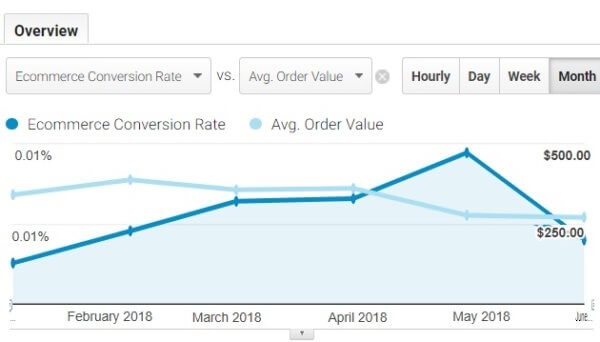
Although there are some limitations on what data Google Analytics can access right out of the box — the platform can also integrate with a wide variety of CRM software and external data sources. That means it’s possible to build out the infrastructure needed to support customer segment analysis without having to throw out existing software and starting from scratch.
The insights drawn from this step will become the basis for developing customer personas, which will then lead to a behavior model for each customer group. The goal is to create a map that can explain each type of customer’s journey through the conversion process. Those maps can then inform everything about the marketing necessary to keep them on the path to conversion.
Test, Refine, Repeat
At this point, the only thing left to do is to take the conclusions drawn from the trend analysis and apply them to a marketing campaign. If the identified trends are, in fact, statistically sound, the marketing campaign that used them as a guide should succeed spectacularly. If not, it’s time to revisit the data, to eliminate the factors that didn’t pan out.
By repeating this process a few times, it should be possible to filter out the conclusions that didn’t drive results, leaving only those that work in practice. It’s those conclusions about each customer segment that become the customer behavior models that the process was designed to create. Once they’ve been thoroughly vetted through real-world campaign testing — there’s almost no limit to how valuable and useful they’ll be.
Putting the Models to Work
If the above process has yielded sound results, you can apply the new customer behavior model to almost every facet of a company’s digital marketing effort.
They can augment existing data-driven UX design efforts.
They can also drive personalization in all your marketing endeavors, like your website, advertising and email marketing campaigns.
That’s the tactic that one of Europe’s largest airline passenger protection companies used to create dynamic landing pages for new and returning customers:
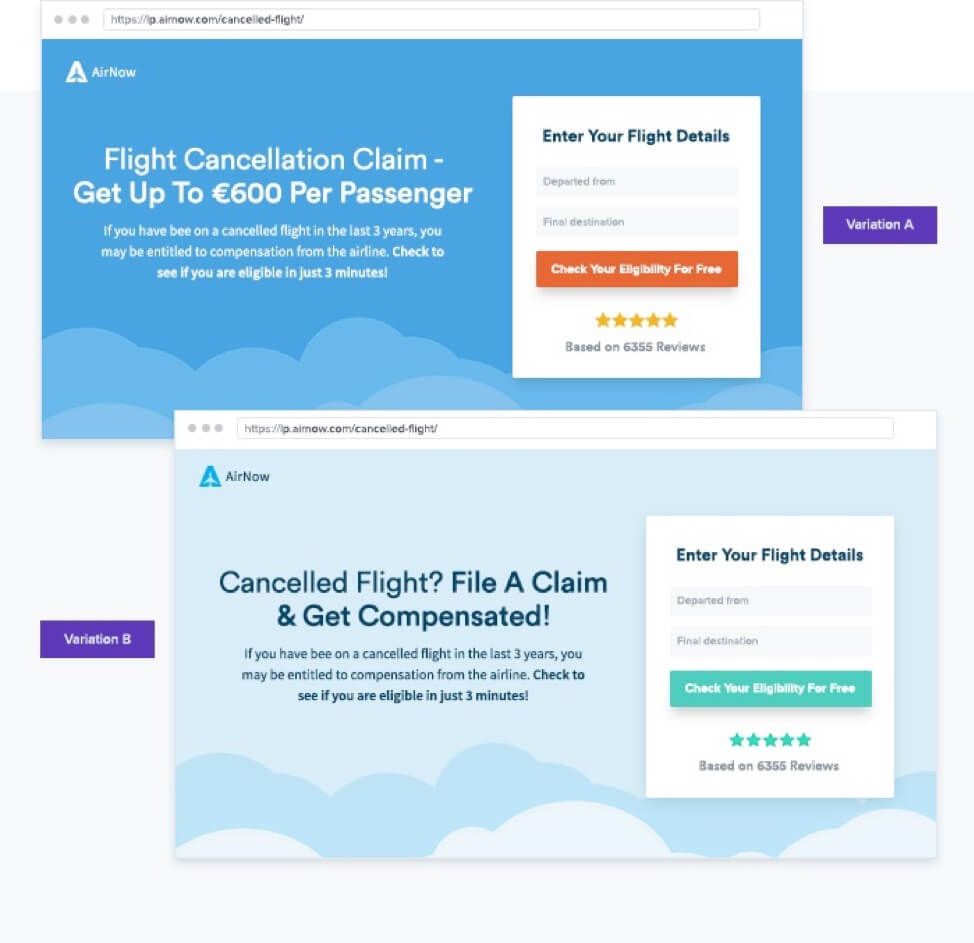
In their case, visitors to the site would see a different variation of the landing page based on their previous interactions with the business, as well as their related browsing history, the time of day, and their geolocation data, among other factors.
That creates the possibility of designing dynamic landing pages to suit every conceivable audience – like a consumer-aimed version of the latest in dynamic account-based marketing personalization.
Customer behavior models can even help a business stay one step ahead of the evolving face of social media marketing.
Using these exact types of customer behavior models enabled fashion retailer Closet London to create an ongoing automated personalized email campaign that targeted new and existing customers based on their expected behavior at each part of their journey. The campaign included offering targeted inducements in the form of discounts to customers labeled “at-risk” of disengagement and sending curated email offers using past purchase data. First-time customers also received smaller discounts to encourage repeat business.
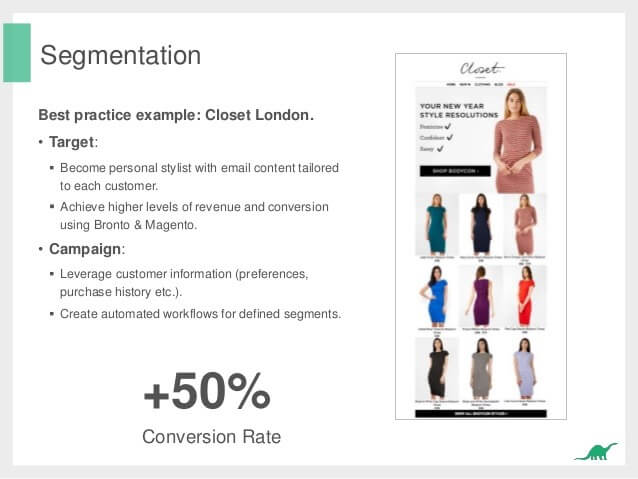
The result? A vastly improved conversion rate, and a revenue boost of 2900%. And all of it was possible because of customer behavior modeling.
However they’re used though, it’s important to recognize that customer behavior models, like all other marketing tools, aren’t set in stone.
Just like the customers they represent, they’ll need great care and attention to remain accurate and relevant. That’s because many facets of customer behavior will change over time. Keeping up with those changes requires revisiting the process laid out here again and again. It will also require modifying the process in the face of changing data inputs. As long as the commitment is made to do so, customer behavior models can be the marketing gift that keeps on giving. Use them well!


